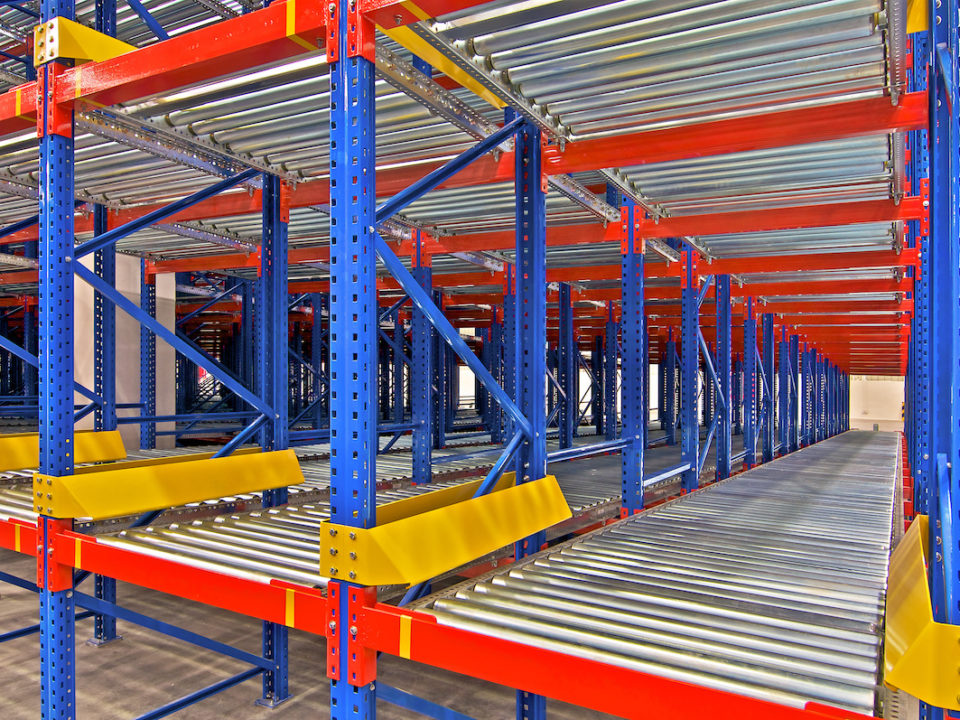Critical Safety Tips for Your Warehouse Employees

Occupational Safety and Health Administration (OSHA) states that “there are more than 145,000 people that work in over 7,000 warehouses in the United States. The fatal injury rate for the warehousing industry is higher than the national average for all industries. The most potential hazards for workers in warehousing are:
- Unsafe use of forklifts;
- Improper stacking of products;
- Failure to use proper personal protective equipment;
- Failure to follow proper lockout/tagout procedures;
- Inadequate fire safety provisions; or
- Repetitive motion injuries.”
As a business owner, warehouse safety and knowledge of OSHA standards and citations is critical for safety to your employees.
OSHA StandardS
According to the Occupational Safety and Health Administration (OSHA), for warehousing establishments, the 10 OSHA standards most frequently included in the agency’s citations were:
1. Forklifts
2. Hazard communication
3. Electrical wiring methods
4. Electrical, system design
5. Guarding floor & wall openings and holes
6. Exits
7. Mechanical power transmission
8. Respiratory protection
9. Lockout/tagout
10. Portable fire extinguishers
Forklifts Hazard
About 100 employees are killed and 95,000 injured every year while operating forklifts in all industries. Forklift turnovers account for a significant percentage of these fatalities. Solutions:
- Train, evaluate and certify all operators to ensure that they can operate forklifts safely;
- Do not allow anyone under 18 years old to operate a forklift;
- Properly maintain haulage equipment, including tires;
- Before using a forklift, examine it for hazardous conditions which would make it unsafe to operate;
- Follow safe procedures for picking up, putting down and stacking loads;
- Drive safely, never exceeding 5 mph and slowdown in congested areas or those with slippery surfaces.
Conveyors Hazard
Workers can be injured when they are caught in pinch points or in the in-going nip points, are hit by falling products or develop musculoskeletal disorders associated with awkward postures or repetitive motions. Solutions:
- Inspect conveyors regularly;
- Ensure that pinch points are adequately guarded;
- Develop ways of locking out conveyors and train employees in these procedures;
- Provide proper lighting and working surfaces in the area surrounding the conveyor.
Materials Storage Hazard
Improperly stored materials may fall and injure workers. Solutions:
- Stack loads evenly and straight;
- Place heavier loads on lower or middle shelves;
- Remove one object at a time from shelves;
- Keep aisles and passageways clear and in good repair.
Warehouse Guidelines
Other than setting guidelines in complying with the standards above in the warehouse setting, OSHA offered these warehouse safety measures:
- The facility must have proper lockout/tagout procedures.
- The warehouse must be well ventilated.
- All floors, aisles and surfaces must be free of clutter, hoses, spills, electrical cords and other materials or factors that could cause slips, trips or falls.
- Proper guards must be provided for exposed or open loading dock doors and other similar areas that could cause employees to fall 4 feet or more.
- Employers must factor in proper work practices when determining the time requirements for each employee in accomplishing every task.
- Workers who have to perform physical work must have enough periodic rest breaks to avoid fatigue.
- All newly-hired employees must receive both general ergonomics training and task-specific training.
- Every employee must be trained on how to avoid heat stress in hot and humid environments.
OSHA has published a pocket guide to warehousing. Click HERE to view it.
Versatile Industrial Maintenance Inc. was established in 2006 in Lawrenceville, GA and draws on over 40 years of manufacturing and facility maintenance experience with a high emphasis on regulatory and safety. VIM specializes in warehouse rack repairs. Contact us for a free consultation via email or call 404-516-0611



